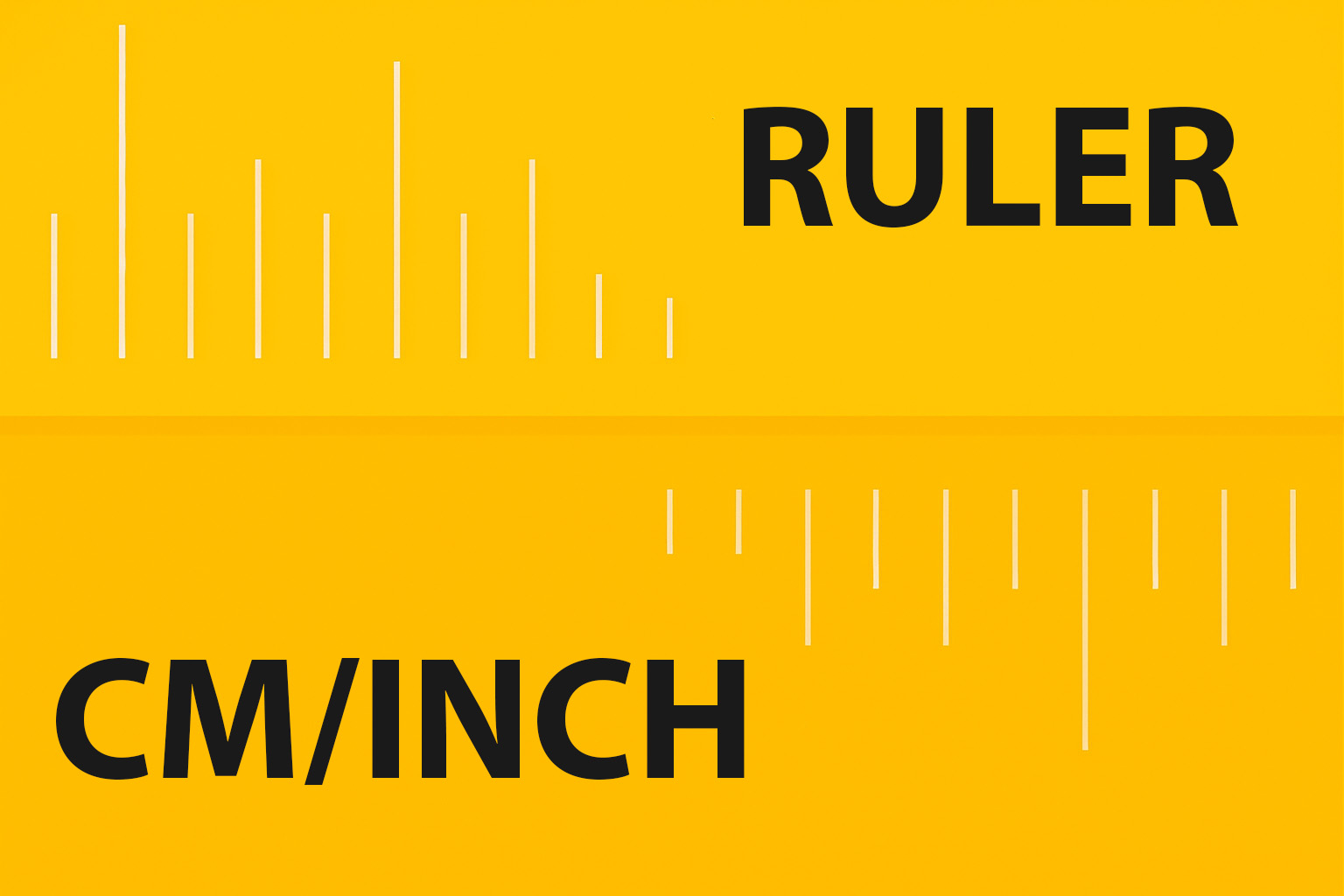Inanna's Descent: A Sumerian Epic and Its Many Interpretations

This extensive article delves into the Sumerian myth of Inanna's (Ishtar in Akkadian) descent into the Underworld. Inanna, seeking to expand her power, journeys to challenge her sister, Ereshkigal, the 'Queen of the Dead.' After being stripped of her adornments, Inanna perishes and her corpse is hung on a hook. The god Enki intervenes indirectly, restoring Inanna to life. However, her return requires a human sacrifice; she chooses her consort, Dumuzi, who is then taken to the Underworld. Dumuzi's sister, Geshtinanna, pleads for his release, resulting in a compromise: he spends part of the year in the Underworld, with his sister taking his place for the remainder. The myth exists in Sumerian and Akkadian versions, the latter discovered and translated in the 1860s, the former painstakingly reconstructed in the 20th century. The story offers rich insights into Mesopotamian culture, influencing later civilizations and inspiring interpretations in psychoanalysis. The article explores the complex narrative, the key characters (Inanna/Ishtar, Ereshkigal, Enki, Dumuzi, Geshtinanna), and the various interpretations throughout history, from its role in understanding seasonal cycles to its use in psychological analysis.






















